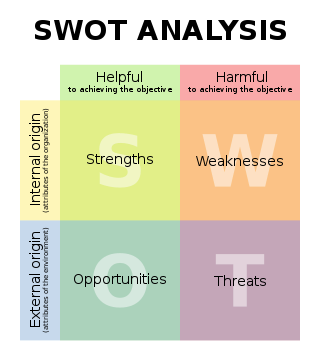Conflict is "a state of discord caused by the actual or perceived opposition of need, values and interests"[1]. An immediate perception of the word may conjure the idea of fighting and disagreement.
 However, it is also through this disagreement that we achieve productivity. Within collaboration, the clash of opposing motives or interests highlights the need for improvement within the group. Discovering a common ground is critical to achieving this improvement and productivity. This common ground will ultimately enhance the methodology and relationship between individuals and/or group. This common ground must treat all in collaboration with equality and fairness. Having a degree of professionalism towards ones work will greatly help to lower the risk of conflict as well as resolve conflicts faster. As seen in the diagram below, the pyramid represents an iceberg, showing elements that do not appear on the surface and fuel the chances of conflict.
However, it is also through this disagreement that we achieve productivity. Within collaboration, the clash of opposing motives or interests highlights the need for improvement within the group. Discovering a common ground is critical to achieving this improvement and productivity. This common ground will ultimately enhance the methodology and relationship between individuals and/or group. This common ground must treat all in collaboration with equality and fairness. Having a degree of professionalism towards ones work will greatly help to lower the risk of conflict as well as resolve conflicts faster. As seen in the diagram below, the pyramid represents an iceberg, showing elements that do not appear on the surface and fuel the chances of conflict. Inherently, we all share these traits to some degree. Therefore, as aforementioned, professionalism plays a major role in determining the emergence and resolution of conflict.
Inherently, we all share these traits to some degree. Therefore, as aforementioned, professionalism plays a major role in determining the emergence and resolution of conflict.It is inevitable that some form of conflict in collaboration will arise, thus, it is important to plan in advance. For example, as Chivon mentioned in the presentation last week, using the strategic planning tool called the “SWOT analysis”, is an effective means of identifying the strengths, weakness, opportunities and threats affecting the group and/or project. Conflict can be both internal and external, making them either weakness within the group or threats from outside of it. It is vital that a hierarchal structure for groups in collaboration be constructed in order to manage conflict. Optimistically, conflict can be used a positive tool to discover the groups weaknesses. The project or brief should always be the common goal or objective shared by all within the group. A part of implementing the idea of hierarchy in collaboration is placing a hierarchal structure on the main task. The main task should be carefully decomposed and evaluated into smaller manageable sub-tasks each assigned with a level of criteria and importance. In doing any of these sub-tasks, the group must share common ground in order to move forward and achieve the main task. Constant conflict will only waste time and resources. It is imperative that conflict be resolved immediately.
Within my own group, the impact of conflict has been minimal. I can only recall a few disagreements which were resolved quickly. For example, for our groups presentation on Hierarchy, it was suggested the speaker wear a tiara to impose authority and focus attention. In a group of four girls and one guy, I at first opposed the idea. My group encouraged me to wear it and I gave it a try. In the end, I did wear the tiara for our presentation. My reasoning for deciding to wear it was because I believed it was in the best interests of the group. It was definitely an effective tool or prop to use in our presentation. I had to take a selfless approach to my work and find common ground with my group in order to resolve the conflict. In conclusion, the emergence of conflict is inevitable and difficult but it is through quality collaboration that a swift resolution be achieved to stabilise the group towards success.
References
1. http://en.wikipedia.org/wiki/Conflict Accessed: June 03, 2008
2. http://www.positivechangesnow.ca/Business/ConflictIceberg/tabid/551/Default.aspx Accessed: June 03, 2008
First image: http://www.creativeoutcomes.ca/Image%20Files/Smart%20Object/Conflict_Orange_BG.jpg Accessed: June 03, 2008 Second image: http://www.positivechangesnow.ca/Portals/5/Iceberg%20of%20Conflict2.jpg Accessed: June 03, 2008









